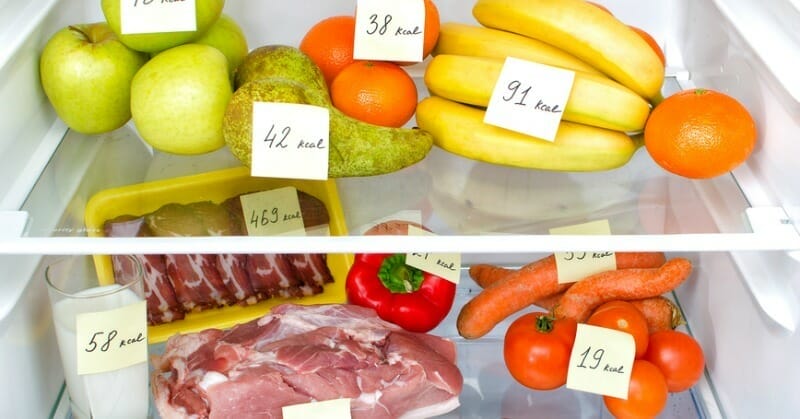Learn From These Renal Diet Food Portion Tips
One thing you need to learn, in the case of renal diet nutrition, is to portion your food. Finding the right size of food servings for you will greatly help in regulating the amount of nutrients and wastes your kidney filters.
HOW MUCH SHOULD YOU EAT?
Controlling what you eat is a vital step in achieving great results in following a renal diet. Your kidneys will find it easier to filter off your wastes if you don't eat more than what's necessary.
Also, a balance between the calories you eat and the ones you burn is one of the secrets to keep a healthy weight. The less sedentary you go, the more calories you offset.

Picture this: a 120-pound man who burns a lot of calories through intense physical activity several times a week may need to eat more calories, than a man of similar size but mostly inactive and goes for a short walk once a week.
PORTION DISTORTION
A study published in 2012 found that 96% percent of restaurant meals exceed USDA recommendations for fat, salt and overall calories.
That's mainly due to the fact that restaurants and fast food chains are now serving food in gigantic plates, big cups and king-sized packages. This is also part of the reason why fast foods are part of restrictions in a renal diet.
Another study found that modern portion sizes of popular foods added an extra 50-150 calories.
Let's take an example:
That's a difference of 305 calories! For a 130-pound person, s/he would need to walk for an hour and 20 minutes to get rid of that much calories.
Luckily, there are certain fast foods you can enjoy, with a few modifications to your order, of course. Check them out in this article.
PORTION SIZE vs SERVING SIZE
Basically...
SERVING SIZE - the recommended amount of food, as stated on the product's food label.
PORTION SIZE - the amount of food you choose to eat at one time, whether you're at home or in a restaurant.
Sometimes, the serving size matches the portion size, but it most often will be up to you. To help you decide for your renal diet, here's a serving size guide you can use. This can also double as your portion size guide.
Practice the use of this chart and learn the measurements by heart. This will make portioning a lot easier for you!

